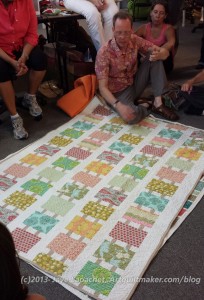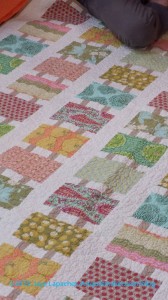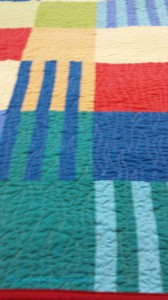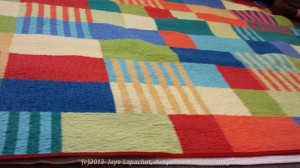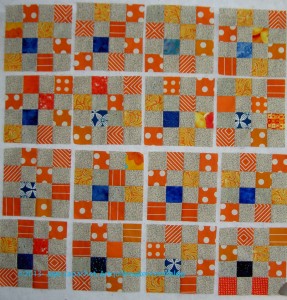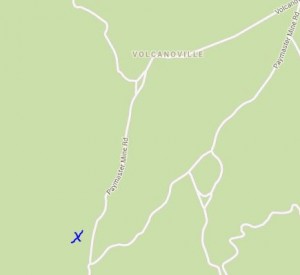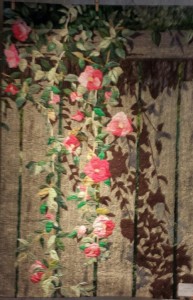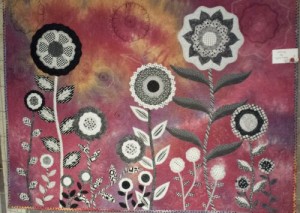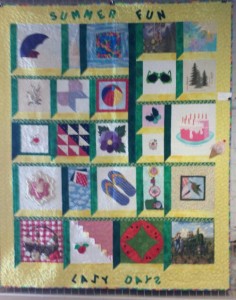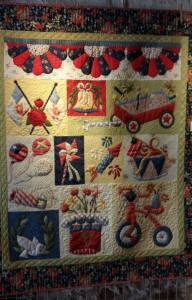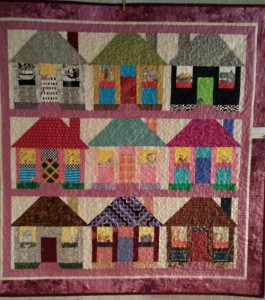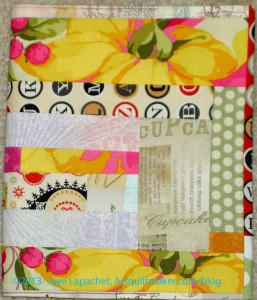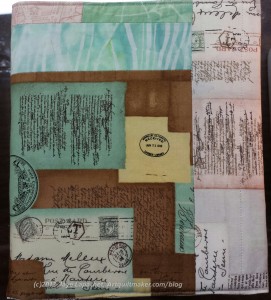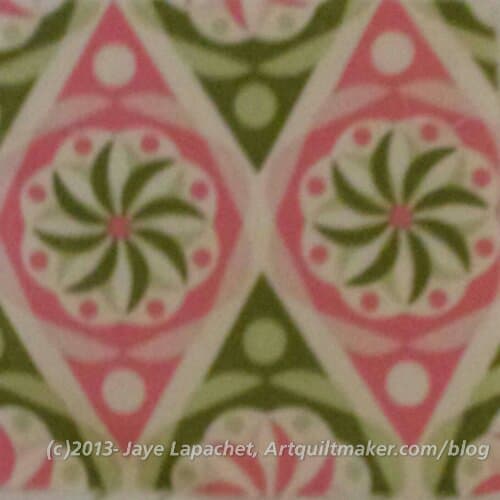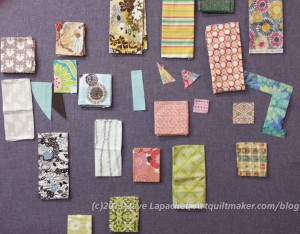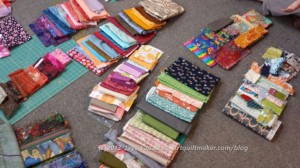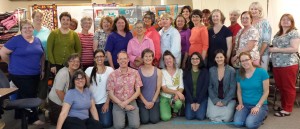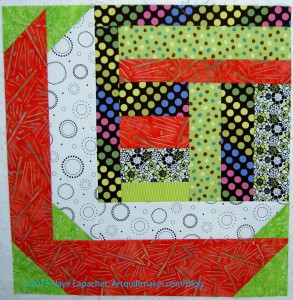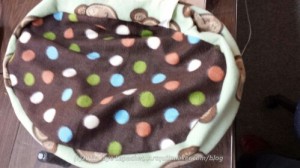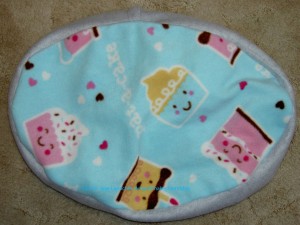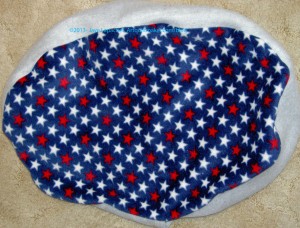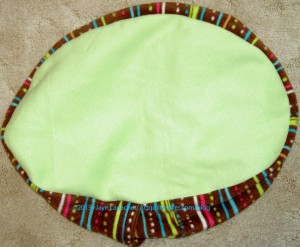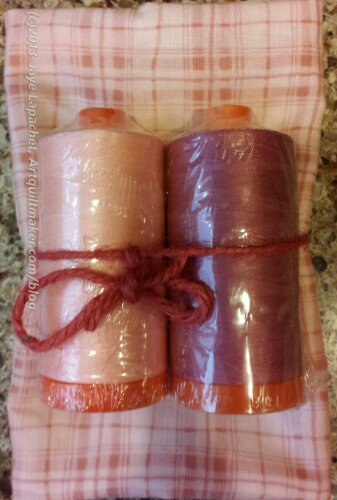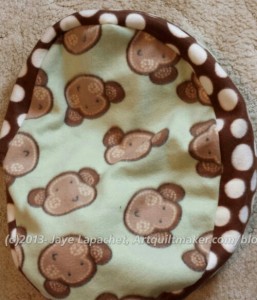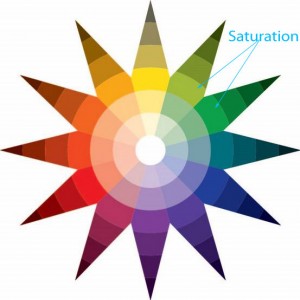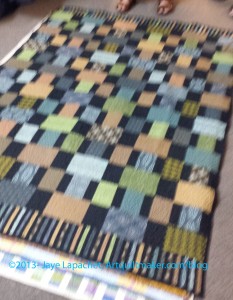I just noticed that I have only 8 projects on my WIPs list. EIGHT!!! I have really made progress.
Finished 2013 Projects:
- Corner Store: Finished on 1/1/2013 YAY!
- The Garden. Finished on 1/5/2013 YAY!
- Stepping Stones: Finished on 2/14/2013 YAY!
- Fabric of the Year 2011: Finished on 2/27/2013 YAY
- Calm: Finished on 3/14/2013 YAY!
- A-B-C Challenge: Finished on 3/31/2013 YAY!
- Petrillo Bag*: Finished on May 5, 2013 YAY!
- Super Secret Project #1: Finished on June 13, 2013
- Super Secret Project #2: Finished on June 23, 2013
Other non-quilt Projects finished
- 5 donation Pillowcases
- 2 fabric handbags/project bags
- 6 cat beds
Still WIPs
- Aqua-Red Sampler – Frances is working diligently, though I know she feels frustrated with the foundation pieced block. I think part of that is because she is left handed and I am right handed. I finished the foundation piecing tutorial, along with my block for this part of the class. I am not giving up on her.
- The Tarts Come to Tea: I still haven’t worked on this since April 2011, though I did think about working on it. I hope that counts for something. I really do need to get back to the quilting. I am still a little mad at myself for making such good progress and then getting sidetracked. I thought quilting the Whole Cloth quilt would get me back in the swing of quilting, but apparently not.
- Pointillist Palette #4: Fourth is a series of 6 quilts; needs tiny square patches sewn together. Mrs. K. gave me more PP fabric and I won some from a giveaway. I still think it is a sign that I need to work on this. Leaders and enders.
- See: needs satin stitching. Small, also a possibility for finishing. I really have the feeling I came so close to working on this project this month.
- Self Portrait: started in 2006 at a class at Quilting Adventures in Richmond, Virginia. I like the piece, but don’t know where to go from where I am. Mouth? Hair? The attitude I need to have is that I can’t ruin it; there is always more fabric.
- Under the Sea: class project; like the design, but not the colors much.
- Flower Sugar Hexagon: I thought about sewing more hexagons together. Although not difficult, sewing Y seams is a bit of a chore, so I get tired of doing it after awhile. I could, perhaps, use leaders and enders to get this piece moving?
Ready for Quilting
- Original Bullseye: At the quilter
- New:* Wonky 9 Patch: needs basting, quilting and binding. Not on original list
- Infinity blocks: blocks sewn together into a quilt top, borders on. Back and binding made; ready to be quilted.
- Spiderweb: Top is together, binding is made. This is at the quilter.
- New:* FOTY 2012: top, finished, though I can’t decide if I need a quilting border. Back and binding are complete; I am waiting to take it to the quilter.
- New:*Star Sampler: Top finished, back and binding finished. Ready to go to the quilter (not on original list)
- New:*Fresh Fruit: Top finished, back and binding finished. Ready to go to the quilter (not on original list)
- Young Man’s t-shirt quilt: Top, back and binding are all ready to go to the quilter.
Please note that even if you combine the two lists above, I do not have 26 projects on this list anymore. I have made progress!!!
In the Finishing Process
- New:* Sparkle Pink – quilted, working on binding it. (not on original list)
- New:* Swoon – Quilted; ready for binding.
Abandoned
Nothing so far for 2013
Hunting and Gathering
- Spin Wheel: really not started, but supplies gathered. I probably have enough fabrics and just need to decide to start.
- Windmill quilt: Still hunting and gathering.
- Stepping Stones #2 using Bonnie & Camille fabrics Bliss, Ruby, Vintage Modern: made two test blocks, but still in the thinking stage while I decide on the background colors. I want the contrast to be good.
Last update for the 26 Projects List. Read it. There’s some interesting stuff there.
I thought you might want to take a look at the first list I made, the one with the 26 Projects. I started the list in October 2011. I have made progress. I plan to stop this post when I have no more projects from the original list to write about. I wonder when that will be?
*New – Project started after I started working on the 26 Projects list

